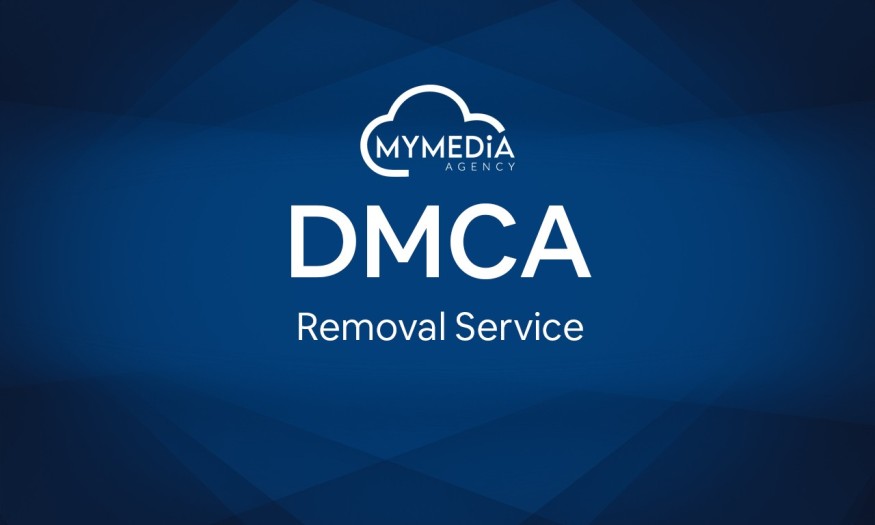
Telegram has grown into one of the world's most used messaging platforms, with over 800 million users and a strong reputation for protecting free expression. Its encrypted chats, open channels, and minimal moderation policies attract a wide range of users, from journalists and dissidents to digital creators and brands. However, this same freedom has also made it a hotspot for one of the internet's most persistent problems: content piracy.
This article explores how Telegram balances its mission of open communication with the growing misuse of the platform for copyright violations, especially impacting creators, influencers, and pay-per-view businesses.
The Promise and Risk of Telegram's Architecture
Telegram was designed to prioritize privacy, speed, and freedom from censorship. Groups and channels can host unlimited subscribers, content can be downloaded instantly, and links can be distributed anonymously. These features are ideal for communities that want unrestricted access to global audiences.
However, they also create the perfect environment for piracy to flourish.
Unlike platforms such as Instagram or YouTube, Telegram does not provide built-in copyright detection tools. There is no system to flag reuploads, no public analytics, and little accountability unless the platform receives a valid legal request. This means that once stolen content is uploaded, it can spread rapidly without the knowledge or consent of the original owner.
The Rise of Piracy Networks on Telegram
Entire underground piracy networks now operate within Telegram. Here are some of the most common forms of misuse:
- Sharing stolen paywalled content from services like Patreon, e-learning platforms, or subscription-based sites
- Reposting full-length movies, sports broadcasts, or unreleased music leaks
- Selling access to private channels filled with stolen media
- Extorting creators by threatening to leak their work if they do not pay
For digital artists, adult content creators, educators, and sports broadcasters, this is a serious threat. Pirated content can be distributed to thousands within seconds, destroying both revenue and reputation.
Freedom of Speech vs. Creator Protection
Supporters of Telegram highlight its role as a tool for free speech, especially in countries with high censorship. It has been used to organize protests, share uncensored journalism, and protect the identities of vulnerable individuals.
However, freedom of speech should never justify the theft of someone else's intellectual property.
For creators who depend on the exclusivity of their digital work, Telegram's lack of enforcement creates a dangerous vulnerability. A single leak of a private video, course, or creative project can spiral out of control and be impossible to contain.
This raises important legal and ethical questions. How can Telegram uphold its values while protecting the rights of creators who are exploited on the same platform?
How to Fight Back: The Role of DMCA and Monitoring Services
The solution is not to abandon Telegram, but to ensure that creators can take action when needed. Specialized services now exist to help monitor and remove pirated content quickly and effectively.
A service like the Telegram DMCA takedown offered by MyMedia Agency gives creators the tools to fight back.
These services help by:
- Detecting stolen content across public and private Telegram channels
- Capturing legal evidence with timestamps and screenshots
- Sending formal DMCA takedown notices to Telegram
- Following up to ensure permanent removal of the content
Most cases are handled in 24 to 72 hours, giving creators a fast, professional response to digital theft.
Conclusion
Telegram is both a powerful platform for communication and a challenging space for digital rights enforcement. While its commitment to privacy and speech is essential, so is the protection of original work.
Creators do not have to tolerate piracy. With legal tools, expert support, and proactive monitoring, it is possible to protect your content and keep it where it belongs.
Your content is valuable. Keep control of it.
© 2025 ScienceTimes.com All rights reserved. Do not reproduce without permission. The window to the world of Science Times.












